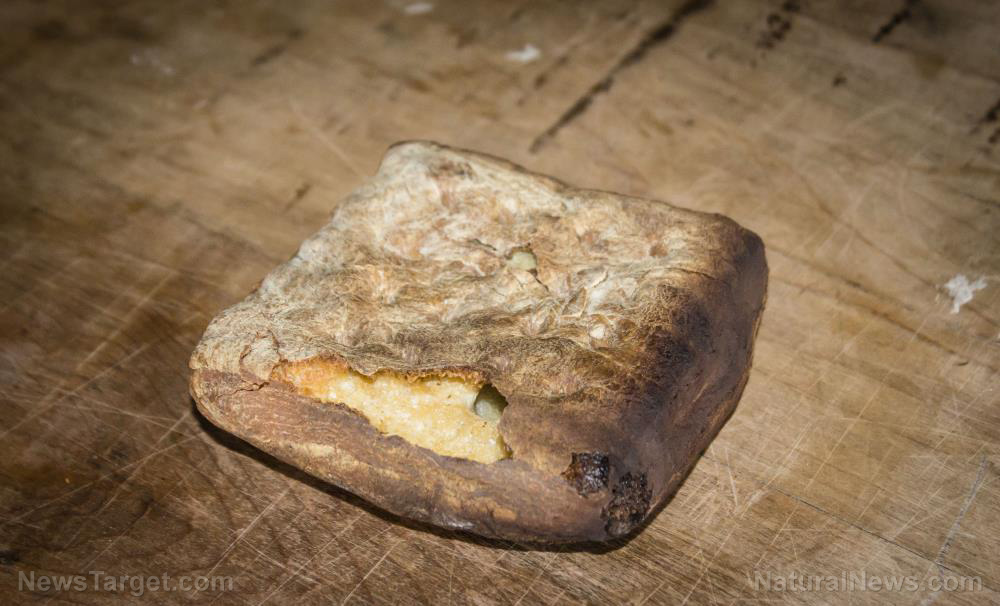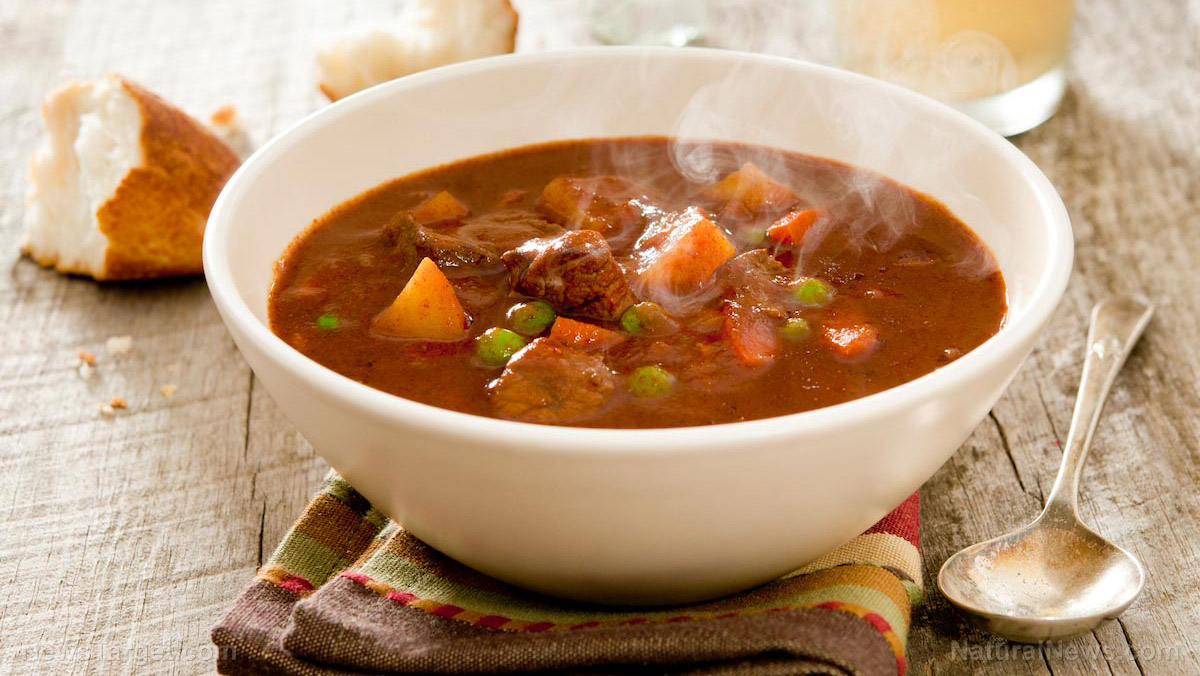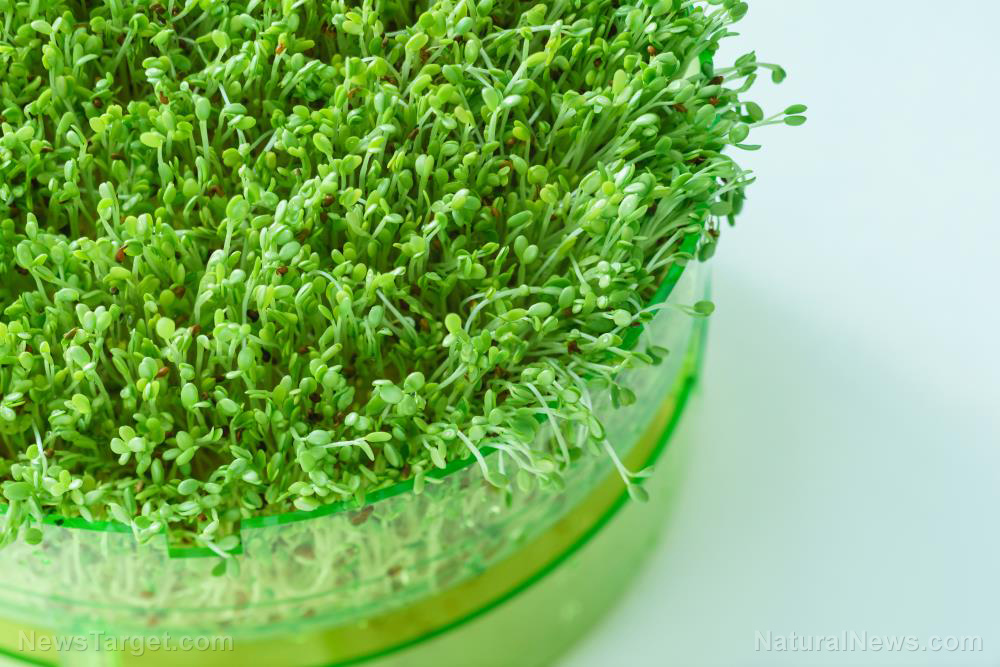12 Wild summer edibles to harvest for your food stockpile
07/08/2021 / By Zoey Sky
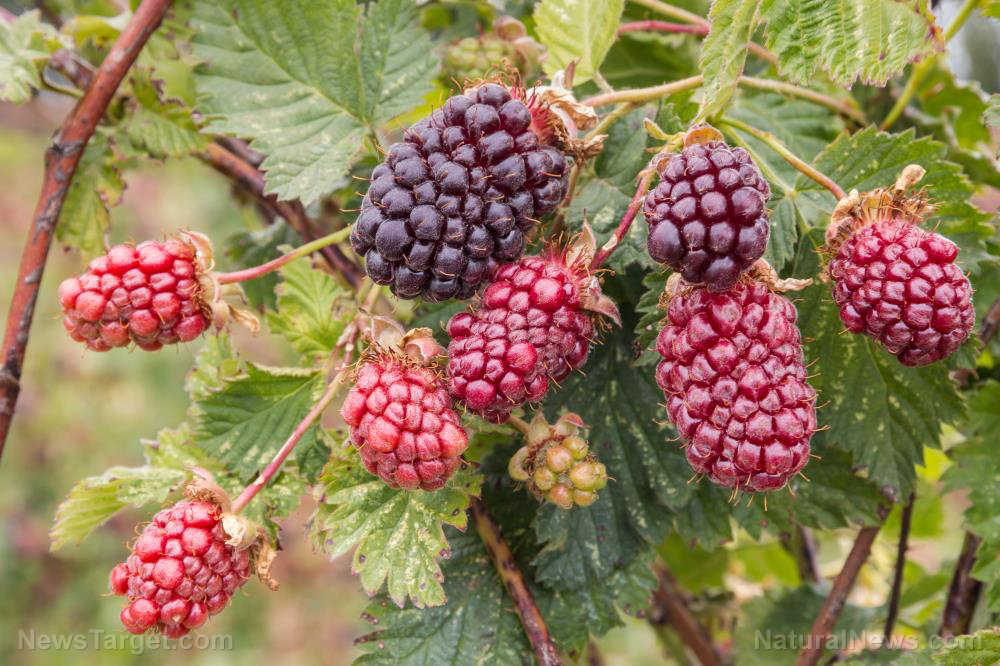
If you know where to look, you can harvest wild edibles that are nutritious and delicious herbs like dandelion or wild berries.
Read on for useful tips on how to forage for wild edibles in your backyard, state forests, the sea, or the desert when SHTF. (h/t to AskAPrepper.com)
Useful foraging tips for newbies
If you’re curious about foraging for wild edibles, here are some tips to keep in mind.
- If you plan on foraging in state forests, nature reserves and state parks, look up park rules and regulations so you don’t get in trouble for harvesting protected plant species.
- If you’re on private property, be courteous and ask for permission before you start harvesting plants. Note that it is an offense to uproot any wild plant if you don’t have the landowner’s permission. Additionally, foraging is not allowed on a Site of Special Scientific Interest.
- Do not consume plants treated with herbicides, fertilizer and pesticides.
- Review reference books and learn how to identify any plant you want to harvest. This ensures that you avoid poisonous lookalikes.
Chickweed
Chickweed grows throughout the summer and the plant is identified by its small, white, star-shaped flowers with elongated petals that blossom in mid-summer. The plant grows low to the ground and has a hairy stem.
Chickweed leaves have a mild flavor, and you can add them to cooked vegetable dishes, pasta, soups, stews and stir-fries.
When preparing chickweed, remove all the leaves, root ends and twigs. Use only the leafiest, greenest parts.
Gently dry them with paper towels after giving them a thorough rinsing in a colander. Clump the bits together and chop into confetti-sized pieces. (Related: Survival foraging: 5 Edible weeds to harvest when SHTF.)
Note that you should eat the raw flowers, stems and leaves in moderation to avoid getting an upset stomach.
Dandelion
Dandelion is a common weed that’s full of antioxidants, minerals and vitamins.
The plant doesn’t have a woody stem. Instead, dandelion stems are fleshy and they wither away after each growing season.
Dandelion grows from an undivided taproot and has deeply toothed hairless leaves that extend from its ground-level crown in a rosette shape.
All dandelion parts are edible:
- Dandelion leaves can be added to a salad or pizza. Lightly cooked leaves can be added to a quiche.
- Use the flowers to make cakes cookies, tea, or wine.
Pick the yellow flowers at the same time and cook them immediately. They won’t last too long when refrigerated.
Note that dandelion stems may be poisonous to children and can be harmful if you consume them in large quantities.
Pawpaws
Pawpaws are native to the eastern, mid-western and southern U.S. and they are North America’s largest native edible fruit.
Pawpaws can be found growing in New York, northern Florida, east Texas and in southeastern Nebraska.
Pawpaw trees produce a green yellowish, and orange-colored fruit between three and six inches long. The fruit’s flesh is pale to bright yellow with shiny, dark brown seeds.
You can find pawpaw trees in the understory of well-drained, fertile, deep bottomland, hilly uplands and woodlands where they can grow from 20 to 30 feet tall.
Pawpaw fruits have a tropical flavor that combines the taste of banana and mango, with a citrusy, floral, yeasty aftertaste like an unfiltered wheat beer.
There are several ways to use pawpaw fruits:
- Make a smoothie with pawpaw, apples, berries, oranges and fresh ginger
- Puree the flesh to make pawpaw butter and add it to oatmeal.
- Use pureed pawpaw fruit to make fruit leather.
- Use the fruit to make baked goods or cocktails.
- Serve toast with pawpaw fruit and a drizzle of honey.

Purslane
Purslane is a leafy, green vegetable with a reddish stem, many oval-shaped, succulent, fleshy, small leaves, and beautiful yellow flowers.
You can find purslane in parking lots and on sidewalks. The plant can be eaten raw or steamed.
There are several ways to eat purslane:
- Add the greens to a sandwich.
- Use purslane greens to make a salad.
- Add purslane greens to soups or use them as a topping on tacos.
Overcooking purslane greens will make them slimy, so saute them gently.
Coastal edibles
If you’re foraging by the sea, keep an eye out for coastal edibles like glasswort or sea lettuce.
Glasswort or pickleweed
Glasswort or pickleweed is bright green in the summer and it turns red or purple during fall. It has small, scale-like, unusually shaped leaves that give the stems a leafless appearance.
The succulent, low-growing, relatively small plant with jointed stems can be found in lower salt marshes.
Shell and roast glasswort or simmer them like peas. Glasswort has a nutritional make-up similar to the common green bean.
Use glasswort to make pickles, chop it and add it to cheese balls, or put it in a salad to give your dish a crunchy, salty chew.
Sea lettuce
Sea lettuce is edible algae with bright green, wavy blades that look like regular lettuce. Sea lettuce is full of iron and fiber. It also contains vitamins A, B1 and C, along with essential minerals like calcium, magnesium, potassium and sodium.
Sea lettuce grows fast during the spring and early summer. Consume sea lettuce raw in salads.
You can also dry it in the oven and crumble it into sauces and soups. Dried sea lettuce can also be used as a natural umami seasoning.
Desert edibles
If you even find yourself in the desert, keep an eye out for wild edibles like amaranth or cacti.
Amaranth
Amaranth is a summer or fall annual or perennial “weed” or leaf-vegetable. The pseudo-cereal grows along roadsides, alleys and cracks in built-up areas. Amaranth may come in different shades of red, from maroon to crimson. The edible amaranthus tricolor bears green, orange, red and yellow leaves.
Amaranth leaves can be cooked and used to make pesto, quiches, soups and stews.
Amaranth seeds can also be used as a breakfast cereal. Alternatively, the seeds can be boiled, roasted, popped, or ground to make flour.
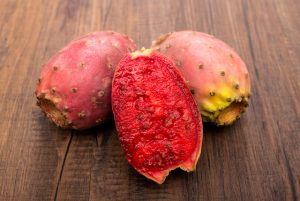
Prickly pear
Prickly pear fruits are sweet when red. Take care when harvesting prickly pear fruits and use thick gloves and protective clothing.
Cook prickly pear by using a pair of tongs to roast them lightly over an open flame. This removes the barbed bristles. Peel the skin off before eating the delicious fruit.
Chew around the seeds or spit them out as they are too hard to chew.
Saguaro cactus
The saguaro cactus is the tallest in North America and you may need a 15 to 30 feet long pole to knock the fruits off of the top.
Fruits can grow up to two to three inches long. The round, scaly fruits ripen in June and split open to expose the bright red flesh with tiny black seeds.
To separate the fruit from the husk, soak the pulp and seeds in hot water for three hours. Mash the fruit by hand in the water then boil the mixture for two hours.
Strain to remove the pulp and seeds. Finally, simmer the liquid until you have a thick syrup that can be used to make fruit rolls, jam, or wine.
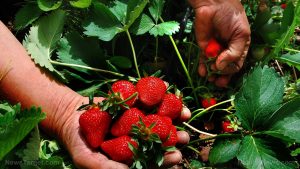
Wild berries
State parks in most states allow people to pick wild berries for personal use.
Blackberry
Most types of blackberries mature in mid-summer, but solid-core blackberries regularly ripen in late August and September. Blackberry bushes grow tall and have thorns and white flowers.
Strawberries
Strawberries are typically ready for harvest over three to four weeks from mid-June when the whole fruit is red.
Mulberries
Mulberries ripen in late summer. Harvest mulberries if you need ingredients with powerful antiviral properties.
This summer, look for wild edibles like berries and weeds to add to your survival stockpile.
Sources include:
Tagged Under: berries, disaster, emergency food, foraging, Herbs, off grid, pawpaws, preparedness, prepping, seaweed, self-reliance, SHTF, survival, survival food, Survival Tips
RECENT NEWS & ARTICLES
COPYRIGHT © 2017 FOOD FREEDOM NEWS









